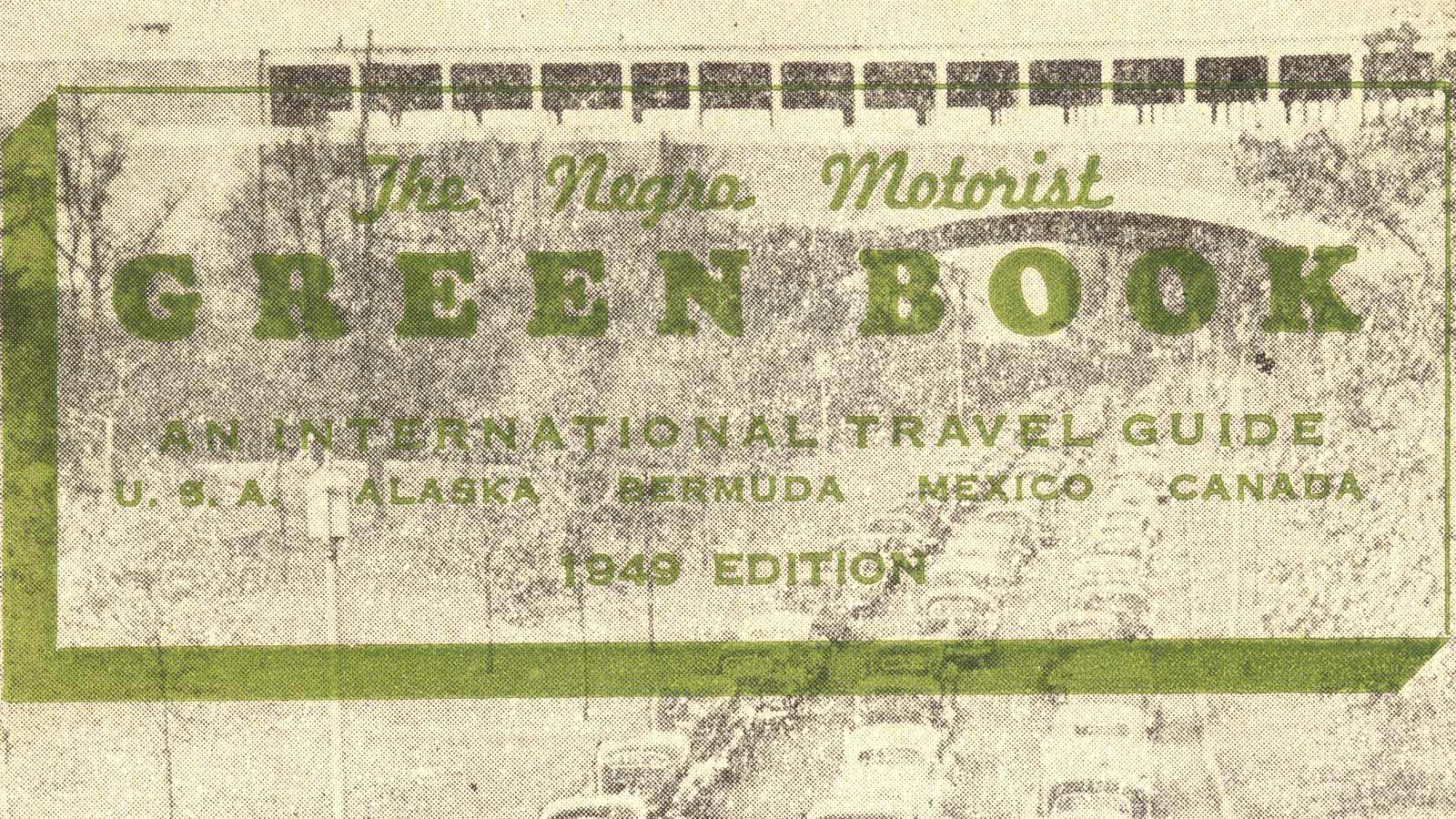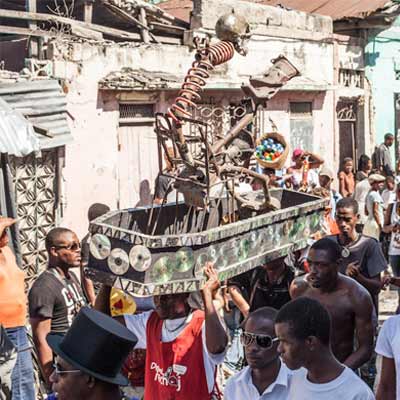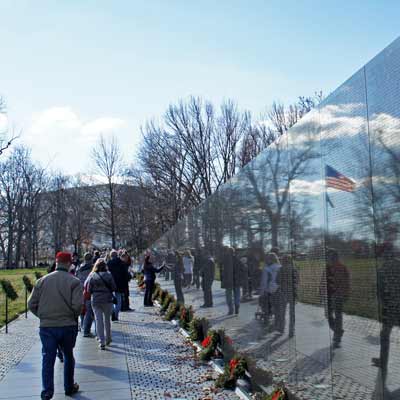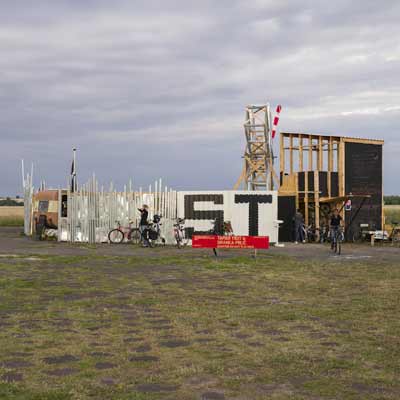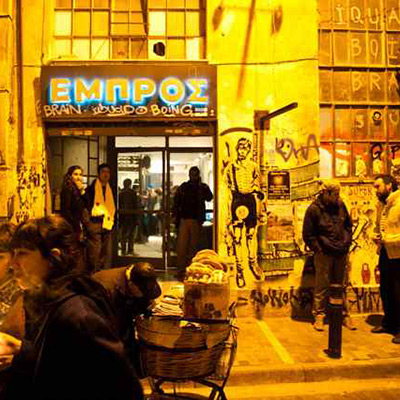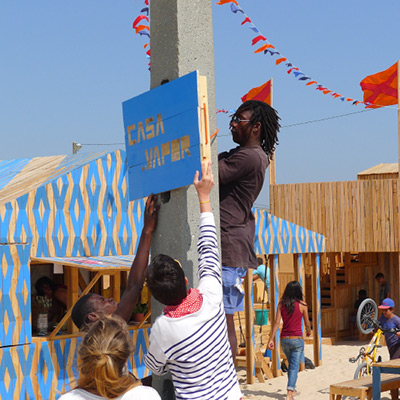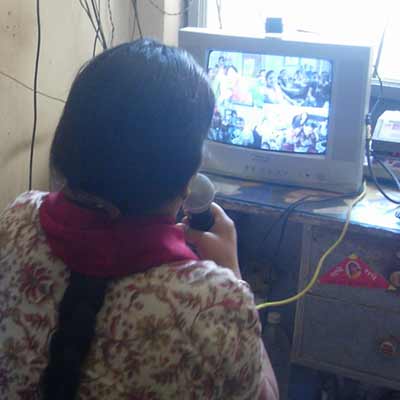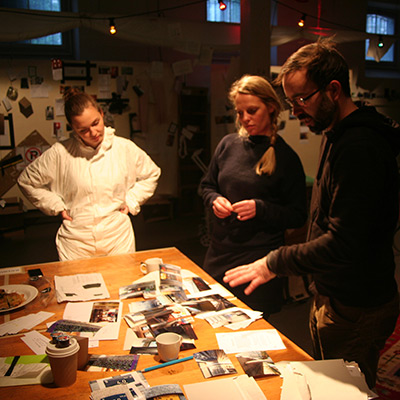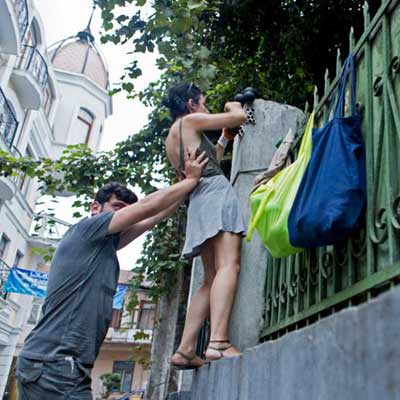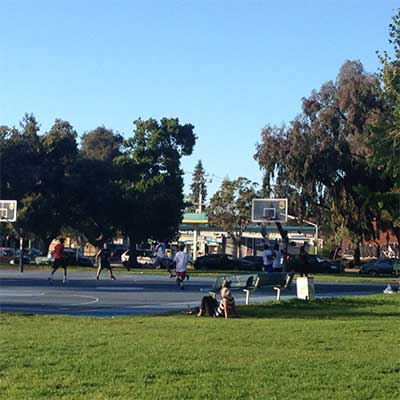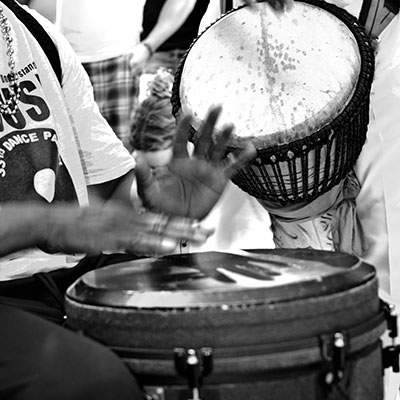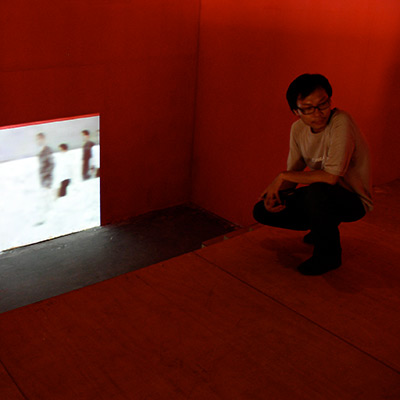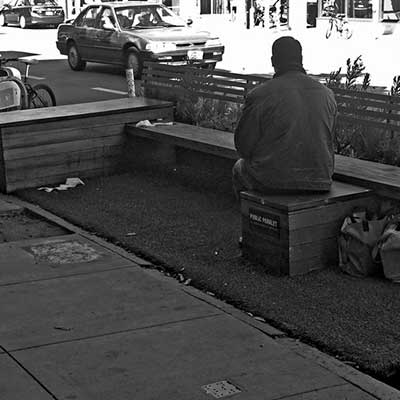As a black urbanist, I follow in a long tradition of intellectual and experiential practices by black people to place ourselves in the city. In continuing this work, I am drawn to uncover the experiences of black and brown bodies in urban space that reveal the multitude of our contributions to meaning-making in cities. In the research annotations that follow, I turn to the Negro Motorist Green Book as an artifact and resource for contemporary urbanists and designers that, in its method and form, gestures toward a more liberatory urban spatial politics.
Started in 1936 by a mailman named Victor H. Green in Harlem, The Green Book began as a modest effort to list establishments that African-Americans could patronize in New York City. It soon grew to include numerous other cities in the U.S. and became an essential companion for black people traveling across the country during the violently segregated Jim Crow era. Green hacked the U.S. Postal Service network to gain detailed information about safe places where black people could commune, including hotels, restaurants, and individual homes, thereby appropriating an already existing system for a new function or use. Postal employees became intermediaries, collecting information from residents of the neighborhoods on their delivery routes. Because the information was provided by sources embedded in communities, the ability to review and evaluate spaces for their safety (and alter the guide accordingly) could be done relatively quickly.
In the 1949 edition of the Negro Motorist Green Book there were 3,706 total facilities listed. Of these, 1,643 of the facilities were travel accommodations including hotels, motels, and tourist homes. The remaining listings consisted of beauty parlors, nightclubs, and various other social sites. The 1959 edition listed 1,749 travel accommodations.[1] A possible reason for this increase was that in the post-war era, more and more African-Americans owned automobiles and were traveling long distances for leisure and tourism. Eventually, the Green Book covered all 50 states and parts of Bermuda, Mexico, and Canada. At its height, the Book’s circulation reached two million copies in 1962.[2] Since 1945, the publication had been supported by Standard Oil. The Book hosted printed advertisements for the oil company and was distributed at Esso gas stations across the country, until its final edition in 1964, following the passage of the Civil Rights Act. This partnership with Standard Oil indicates the complicated intersections of capitalism and race at the time.
Today, as tools for understanding and visualizing space become more complex and descriptive, blackness is still so often emphasized as a quantifiable variable, and flattened as demographic information. When GIS mapping is used as a tool to visualize racial injustice, it is still premised on the understanding that race and space are fixed variables that may simply be superimposed, one onto the other, to identify and address the effects of racism. In the words of geographers Katherine McKittrick and Clyde Woods, this portrayal “naturalizes racial difference in place.” While this method is important in revealing inequity and the effects of dispossession—including access to housing, employment, and health and other services in urban space—an analysis of how race and space are co-produced is lost.
Following McKittrick and Clyde, and other scholars working at the intersection of urban studies and critical race studies, urban scholarship must contend with the limits of treating blackness as a measurable unit of difference; it must also acknowledge the richness of geographic meaning that black people make in their daily lives. This would demand a shift in urban research practice to include both qualitative socio-historical narratives and technical data, not only commenting on ‘what is’ but how things came into being. Speaking to this point, McKittrick writes:
Identifying the “where” of blackness in positivist terms can reduce black lives to essential measurable “facts” rather than presenting communities that have struggled, resisted, and significantly contributed to the production of space.
The Negro Motorist Green Book presents a methodological rupture that describes both blackness and space not as fixed categories but as socially and historically produced and shifting. Engaging a participatory, community network of knowledge-makers, it mapped a safe black territory within an extremely dangerous geography, undergirded by the values of white supremacy.
Today, as black urbanists confront the unfinished project of building a liberatory urban spatial politics, The Green Book comes alive as a reminder that:
Like Green did with the U.S. Postal Service we must learn to retune everyday systems into moments of extraordinary function;
Expertise must be returned to the experiences of black people, not vested solely in technocratic approaches to urban policy and planning;
Participatory and flexible networks must be capitalized upon to subvert the hegemonic value system of white supremacy.
Here, I perform the initial stages of my engagement with this powerful historical archive in the form of raw annotations. My notes, underlines, and keywords perform a link between Green’s original project--the ‘matter’ or lived experiences of black lives; personal research; and the larger liberatory social politics of the #BlackLivesMatter movement. I choose this working form in order to suggest openings for the development of a new urban knowledge equal to the predicaments of our present conjuncture, in which black lives are lost too often and too soon.







[1] Sorin, Gretchen Sullivan. “Keep Going: African Americans on the Road in the Era of Jim Crow”. University of Ann Arbor. 2009
[2] Gross, Andrew Steven. “The Changing Shape of the American Landscape: Travel, Corporate Expansion, and Consumer Culture, 1845-1945”. University of Ann Arbor. 2001
References
Badger, Emily. “How Race Still Influences Where We Choose to Live.” The Washington Post, July 17, 2015, Accessed July 18, 2015. http://www.washingtonpost.com/blogs/wonkblog/wp/2015/07/17/how-race-still-influences-where-we-chose-to-live/.html.
Coates, Ta-Nehisi. “The Case for Reparations.” The Atlantic, June 2014, Accessed July 10, 2015, http://www.theatlantic.com/features/archive/2014/05/the-case-for-reparations/361631/.html.
Du Bois, W.E.B. Black Reconstruction: An Essay toward a History of the Part Which Black Folk Played in the Attempt to Reconstruct Democracy in America, 1860-1880. New York: Russel & Russel, 1935.
Gilmore, Ruth W. “Fatal Couplings of Power and Difference: Notes on Racism and Geography.” The Professional Geographer, 54: 15–24, Accessed July 10, 2015.
Green, Victor H. “The Negro Motorist Green Book”. 1949,1959, 1962. Victor H. Green & Co. Publishers. New York, NY
Griffin, Toni. “There is a Syllabus for an Urban Design Course on Race and Justice in Harlem,” Next City, May 27, 2015, Accessed July 10, 2015 https://nextcity.org/daily/entry/design-for-the-just-city-a-curriculum-in-urban-justice.html.
Gross, Andrew Steven. “The Changing Shape of the American Landscape: Travel, Corporate Expansion, and Consumer Culture, 1845-1945”. University of Ann Arbor. 2001
Jordan, June and Jan Heller Levi. Directed by Desire: The Collected Poems of June Jordan. Port Townsend, Wash.: Copper Canyon Press, 2005.
Kelley, Robin D. G.“We Are Not What We Seem: Rethinking Black Working-Class Opposition in the Jim Crow South,” Journal of American History (1993): 75-112.
Khan, Janaya. “Black Radicalism As Vulnerability,”Race BaitR, July 6, 2015, Accessed July 10, 2015, http://racebaitr.com/2015/07/06/black-radicalism-as-vulnerability/.html.
McKittrick, Katherine and Woods, Clyde. “No One Knows the Mysteries at the Bottom of the Ocean”. Black Geographies and the Politics of Place. South End Press, 2007
Richard Rothstein, “From Ferguson to Baltimore: The Fruits of Government-Sponsored Segregation,” Economic Policy Institute, April 29, 2015, Accessed July 5, 2015, http://www.epi.org/blog/from-ferguson-to-baltimore-the-fruits-of-government-sponsored-segregation/.html.
Sorin, Gretchen Sullivan. “Keep Going: African Americans on the Road in the Era of Jim Crow”. University of Ann Arbor. 2009
Woods, Clyde. “Sitting on Top of the World: The Challenges of Blues of Hip-Hop Geography”, Black Geographies and the Politics of Place. South End Press, 2007
Author Bio
Ron Morrison is a curious amalgam: both designer and social practitioner, June Jordan devotee and lover of lab coats. For the past five years he has been working to create popular education pedagogies using art and design to demystify processes of attaining and preserving housing. He believes that people should have full participatory access to shaping their cities and communities and sees design as a medium for creating knowledge and deconstructing discursive power paradigms. He has been a collaborator with design teams that implemented projects in New Orleans, Ghana, Colombia, New York, and Venice and has had work featured at AIA New York, UN World Urban Forum, and in The Atlantic. He is currently a graduate student in the Design and Urban Ecologies program at Parsons the New School for Design.
